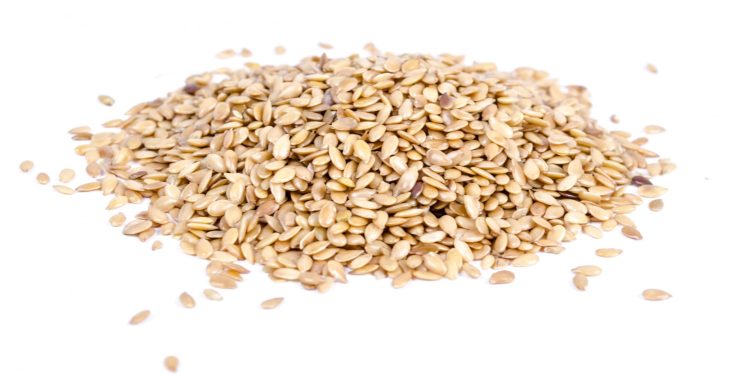Sesame, also known as benne, is a versatile crop with a variety of uses in agriculture and food production. This article will explore the benefits of growing sesame, its nutritional value, and its potential to contribute to sustainable agriculture.
Sesame is a drought-tolerant crop that can grow in a range of environments, making it an attractive option for farmers in many regions. According to the Food and Agriculture Organization (FAO), global production of sesame seeds has steadily increased over the past decade, reaching 6.9 million tonnes in 2020. The majority of sesame production occurs in Asia, with Africa and Latin America also contributing significant amounts.
One of the unique qualities of sesame is its high nutritional value. Sesame seeds are a rich source of protein, healthy fats, and minerals like calcium, iron, and zinc. In addition to being a nutritious food, sesame also has uses in traditional medicine and as a biofuel crop.
Growing sesame can also contribute to sustainable agriculture practices. Because of its drought tolerance, sesame requires less water than many other crops, making it a good option for areas with limited water resources. Sesame can also be grown in rotation with other crops to improve soil health and reduce pests and disease.
In conclusion, sesame is a valuable crop for farmers and food producers alike. Its nutritional benefits, versatility, and potential for sustainable agriculture make it an attractive option for those looking to diversify their crops and contribute to a more sustainable food system.
#Sesame #SustainableAgriculture #Nutrition #CropDiversification #Biofuels #SoilHealth












